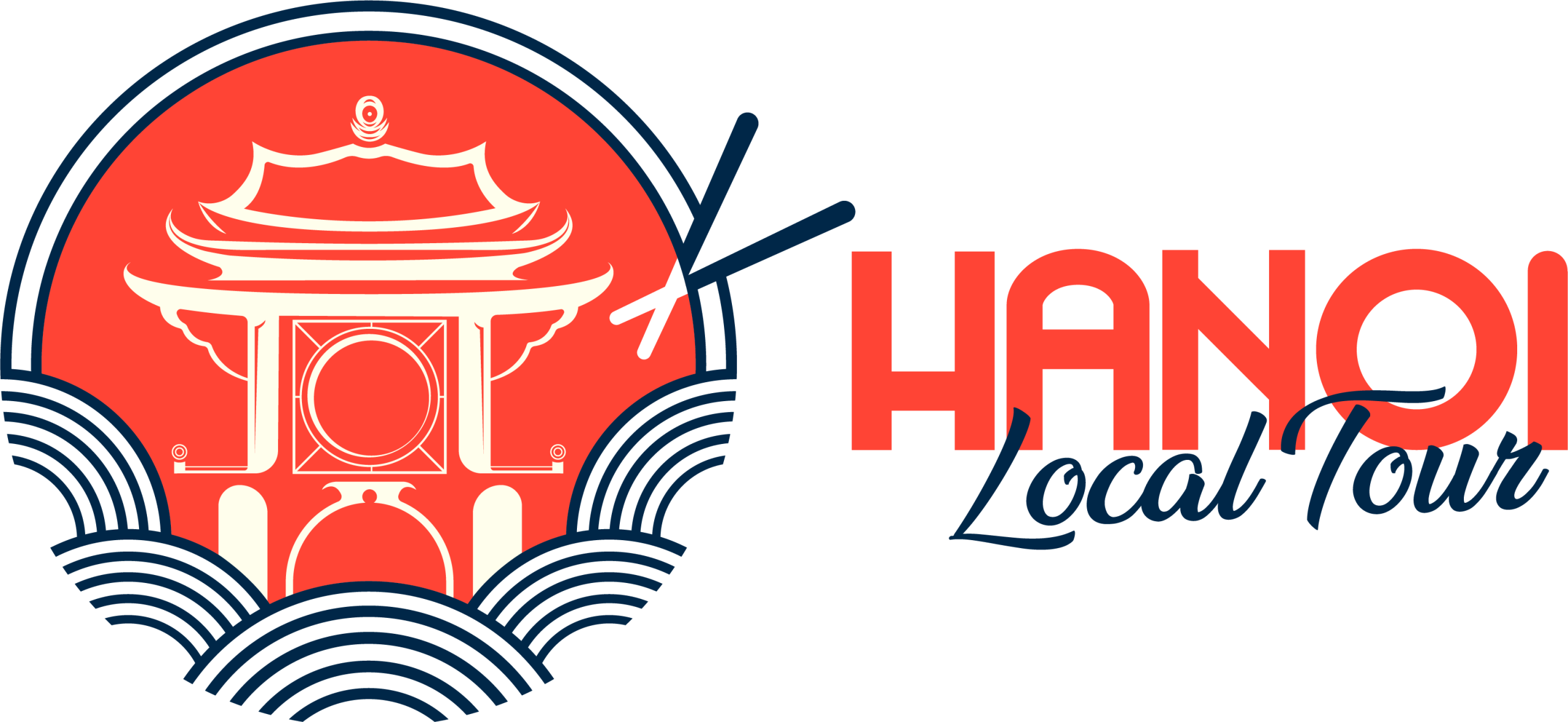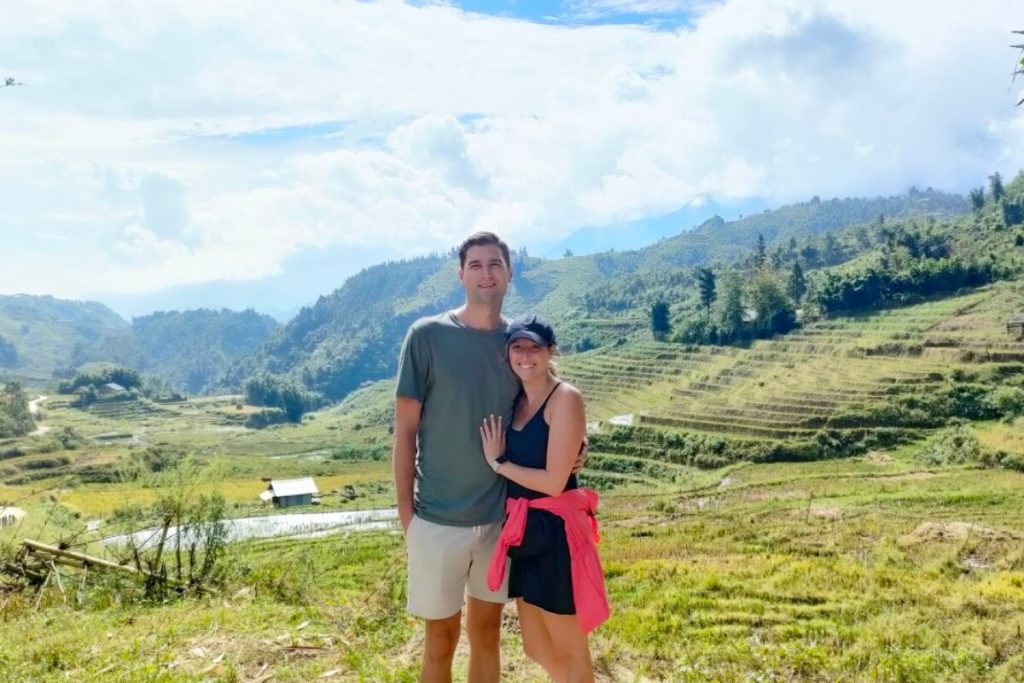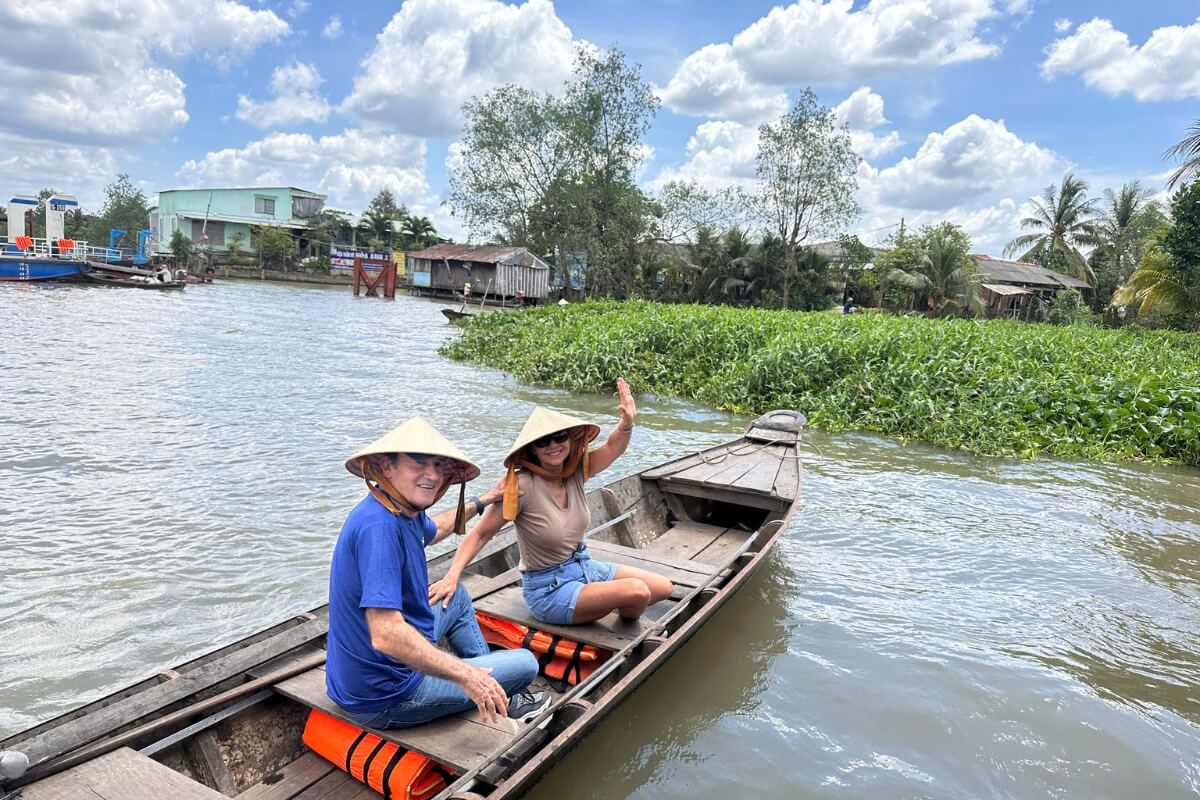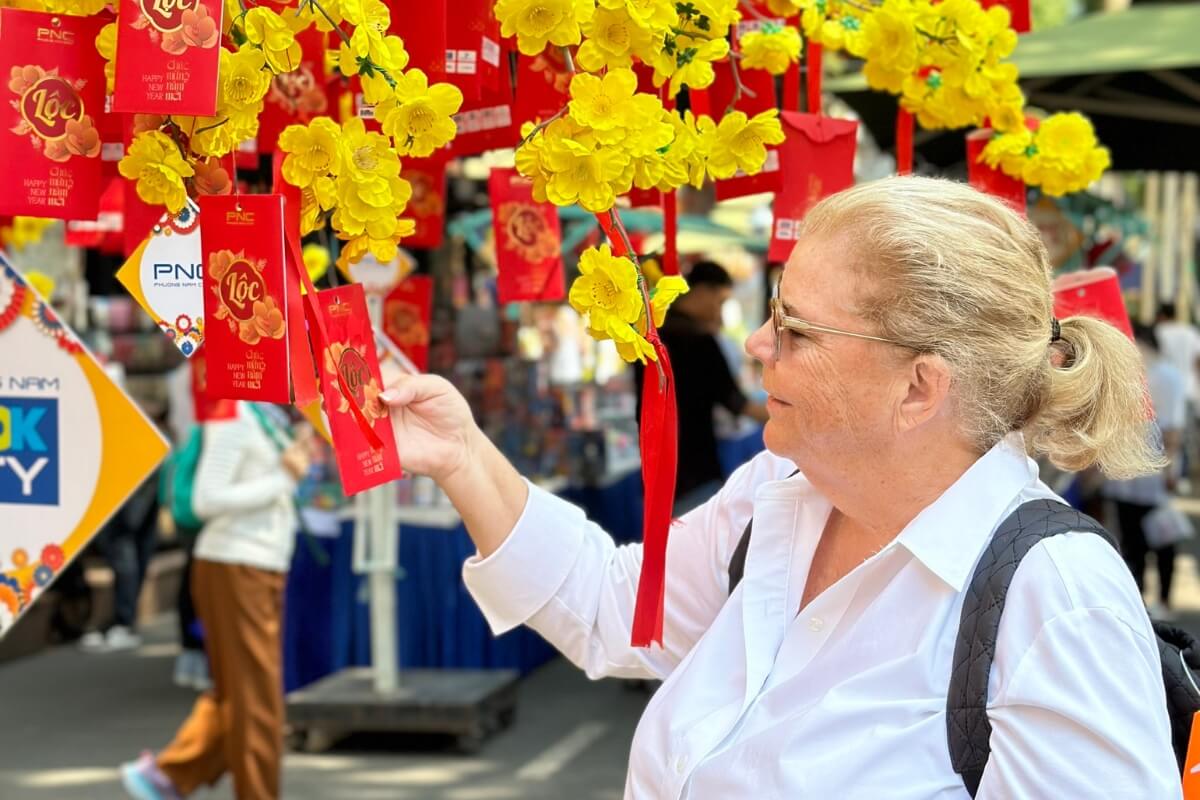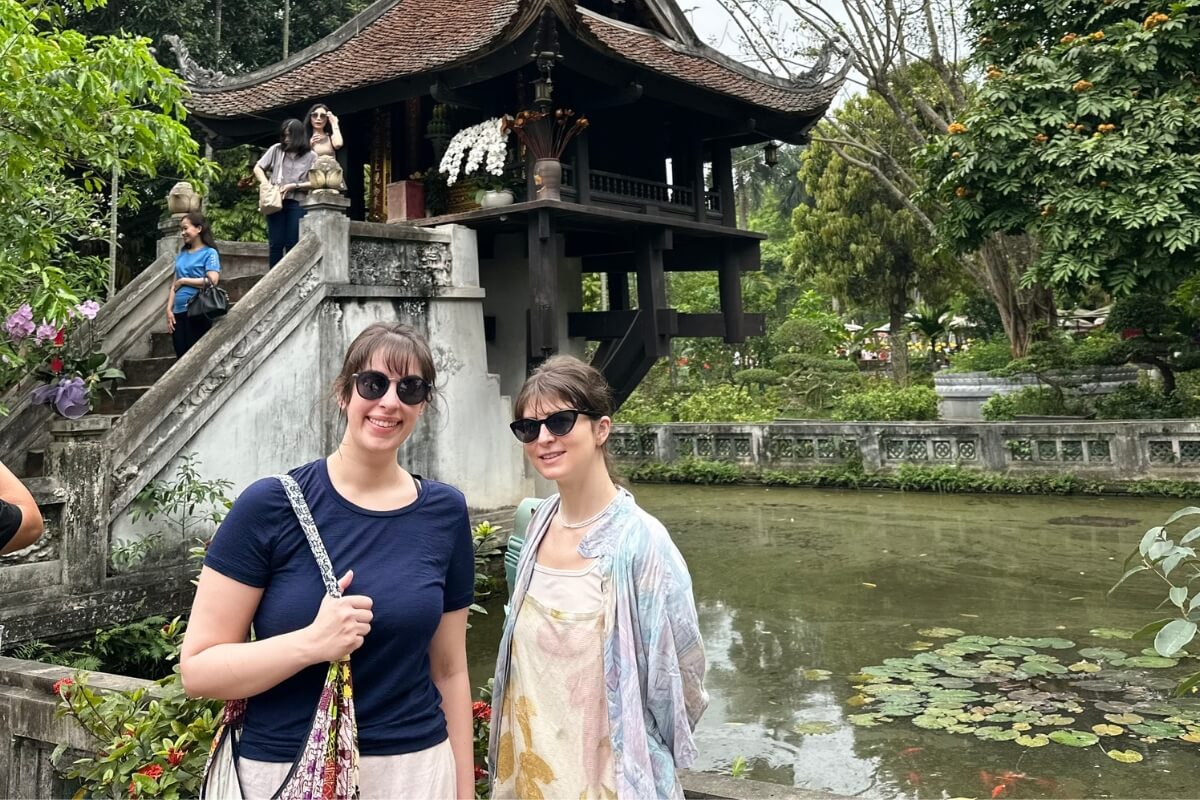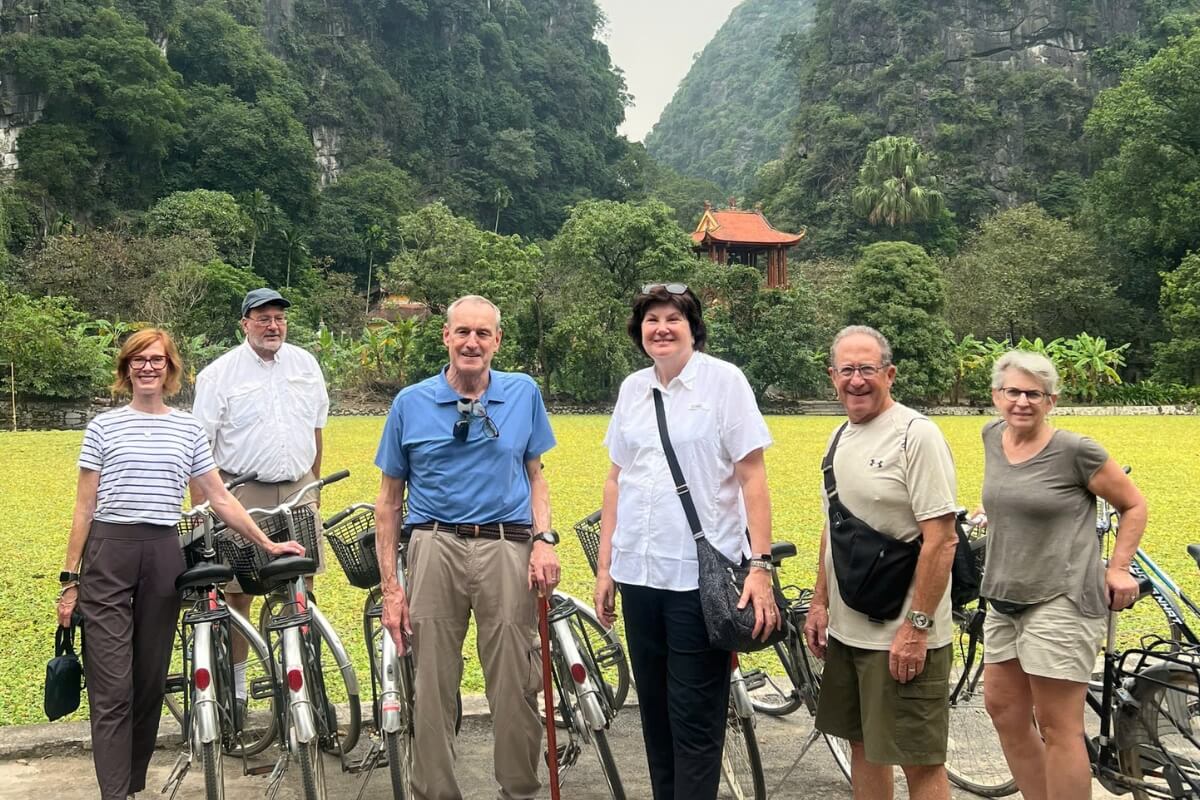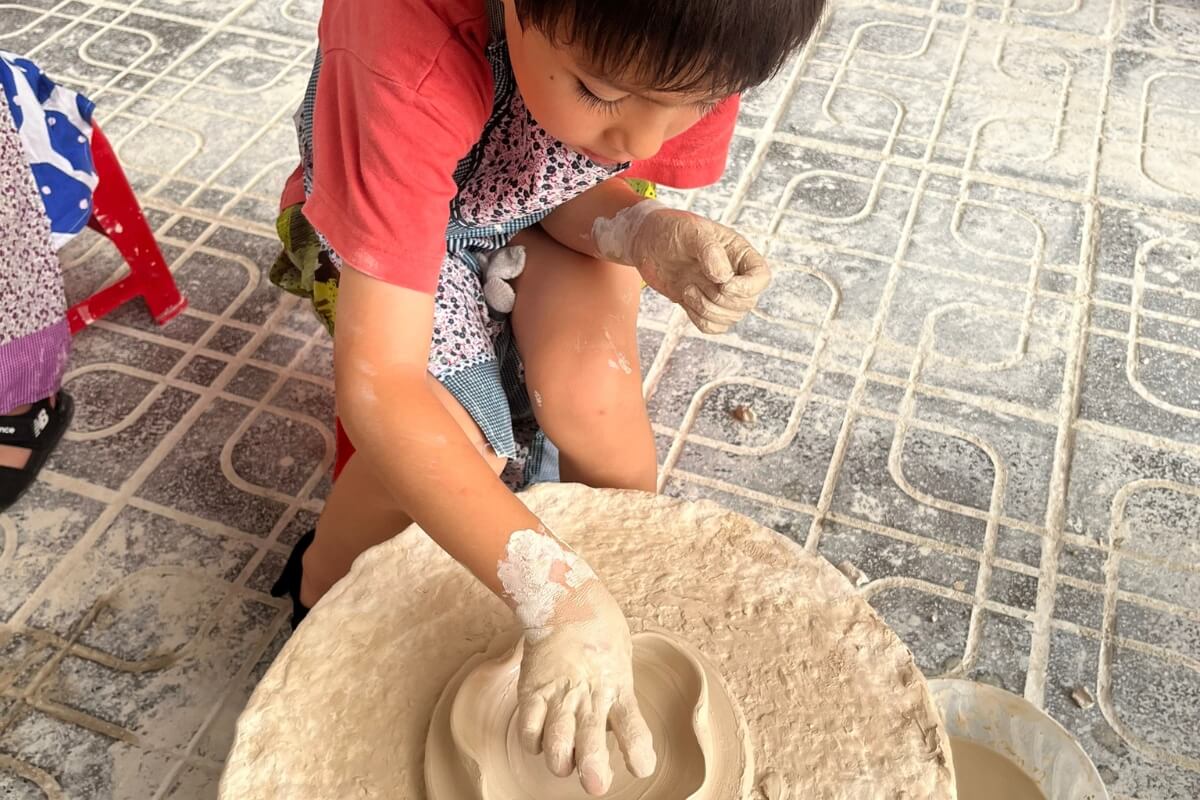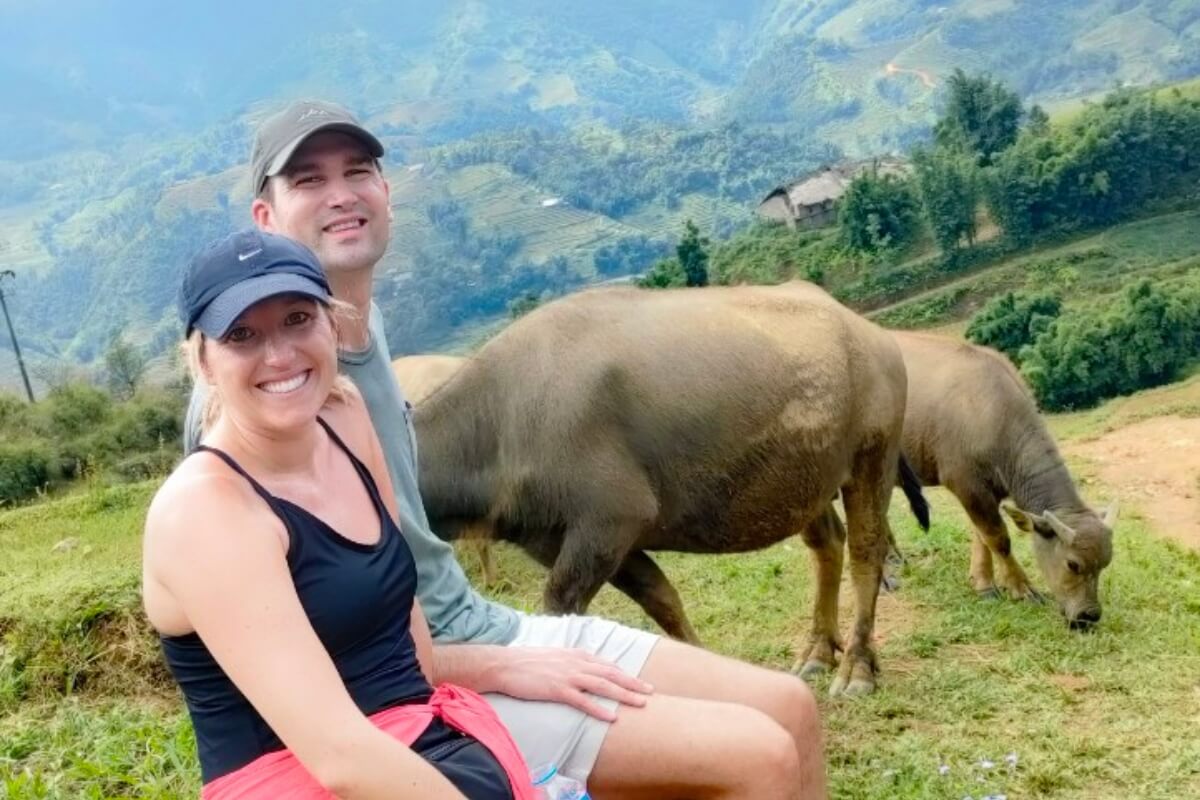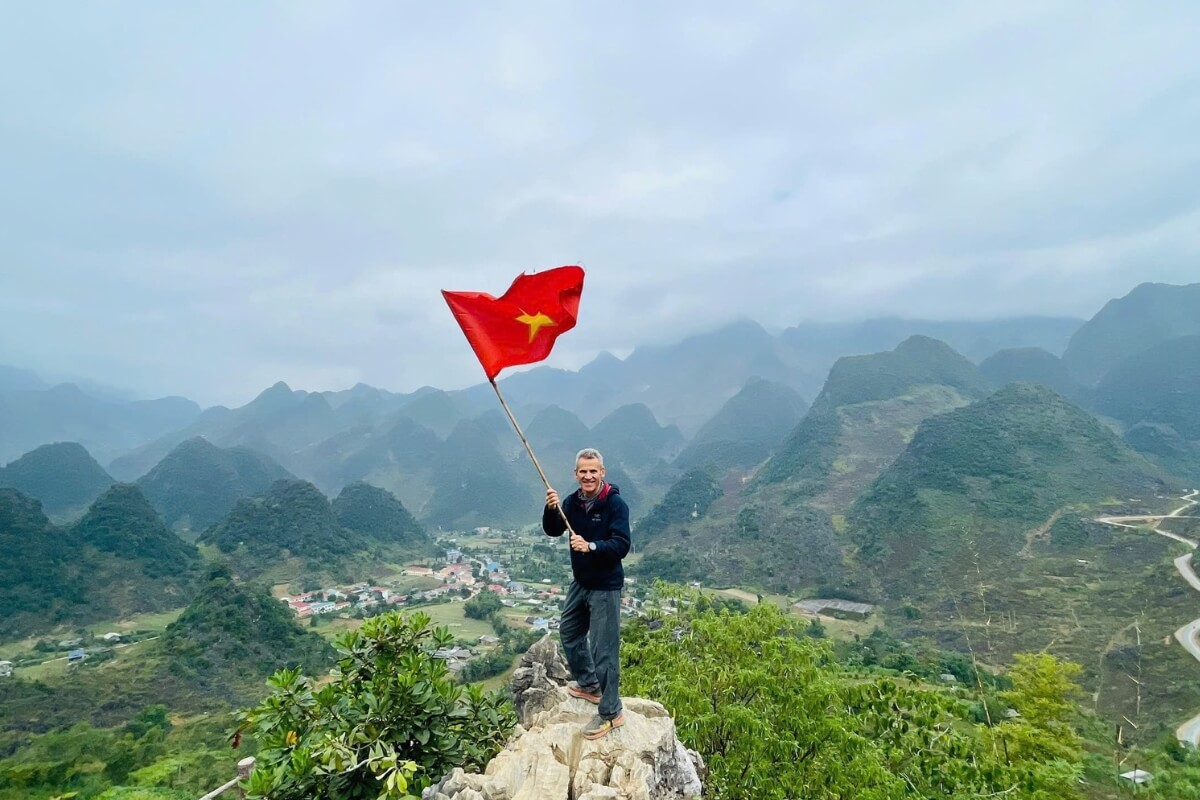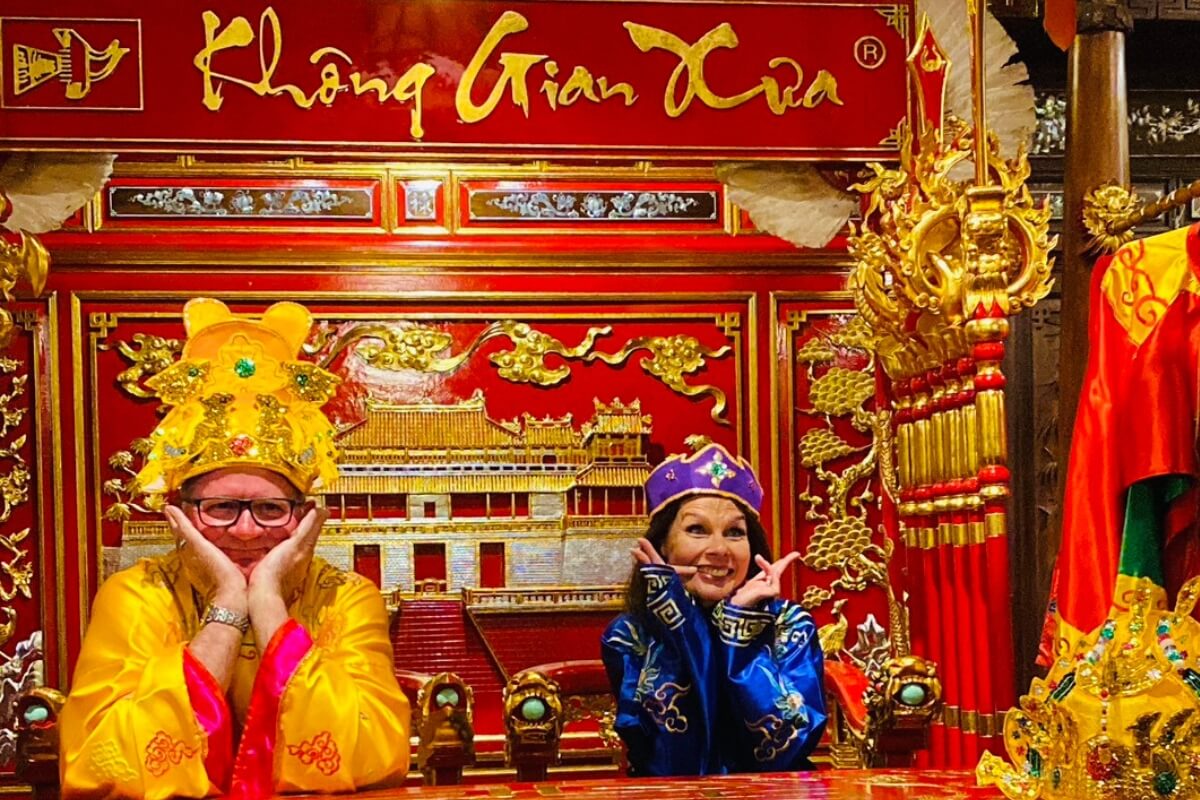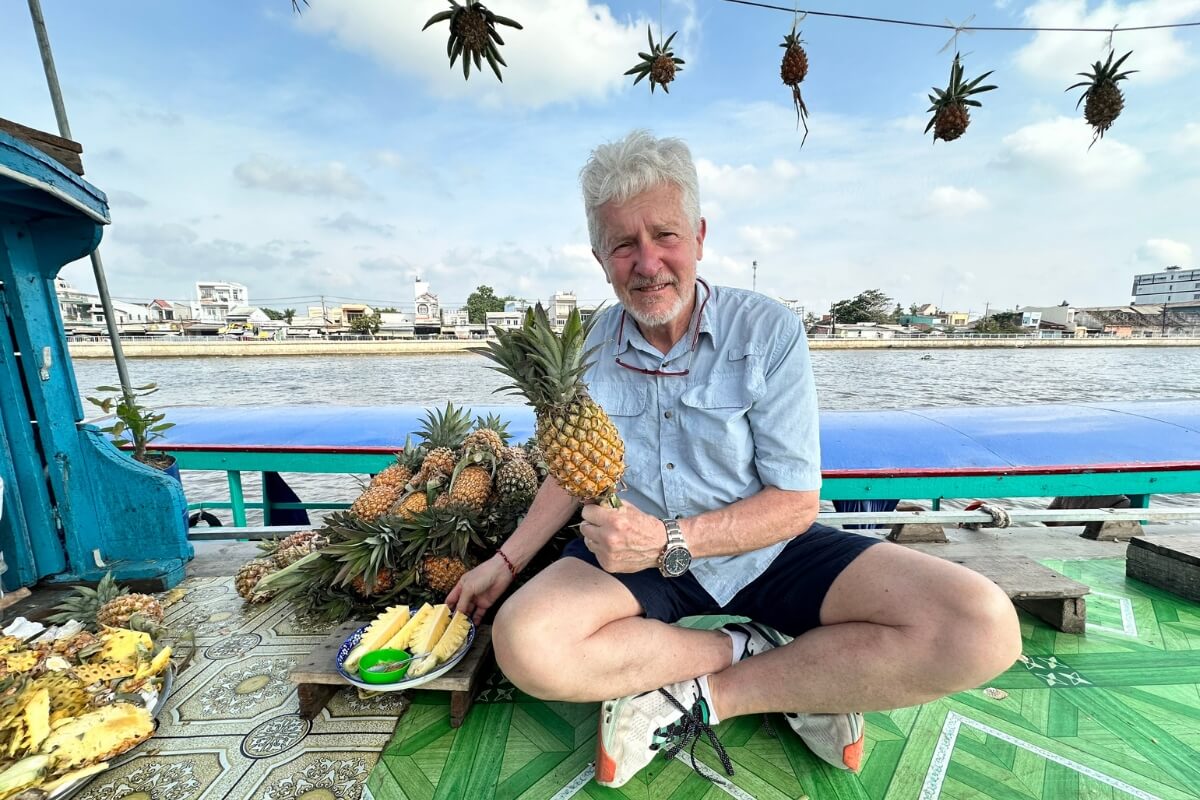Hanoi Travel Blog - Hanoi Introduction & Information
Best Time to Travel to Vietnam – Complete Vietnam Weather & Seasonal Guide Updated 2025-2026
Planning a trip to Vietnam and wondering when to go? Choosing the best time to travel to Vietnam depends on what kind of experience you want – whether it’s trekking through misty mountains, basking on sunny beaches, or exploring vibrant city streets. With a diverse tropical climate stretching over 1,600 kilometers, the country’s weather can vary dramatically from north to south and from season to season.
This comprehensive guide will help you understand Vietnam weather by month, identify the best time to visit Vietnam based on your travel style, and uncover regional insights for the best time to visit North Vietnam, Central Vietnam, and South Vietnam.
Let’s together with Hanoi Local Tour discover the best time to visit Vietnam by month. Learn about Vietnam’s weather patterns, festivals, and regional climates to plan your perfect trip to North, Central, and South Vietnam.
Weather and Climate in Vietnam
Before deciding on the best time to travel to Vietnam, it’s essential to understand how the country’s geography influences its weather patterns. Stretching over 1,600 kilometers (1,000 miles) from north to south, Vietnam spans several climate zones – from subtropical in the north to tropical in the south. This unique shape and range of altitudes mean that the Vietnam weather by month can vary dramatically between regions, even at the same time of year.
- Northern Vietnam: (Hanoi, Ha Long Bay, Ninh Binh, Sapa)
Characterized by four seasons — a rare feature for tropical countries. Winters can be cool and misty, while summers are hot and humid. The mountainous north, especially around Sapa, even experiences occasional frost in December and January. - Central Vietnam: (Hue, Da Nang, Hoi An, Nha Trang)
Acts as a transition zone, where weather is influenced by both monsoons from the north and the south. The region is known for its long dry season from February to August, and a wet, sometimes stormy period from September to December. - Southern Vietnam: (Ho Chi Minh City, Can Tho, Mekong Delta, Phu Quoc)
Fully tropical and warm year-round. Here, you’ll find two main seasons — dry and wet — with temperatures remaining relatively stable. This makes it ideal for travelers looking for sunshine during the northern winter months.
Vietnam Weather by Month – A Complete Guide to the Best Time to Travel to Vietnam
Because of Vietnam’s long and narrow shape, each month paints a different picture of weather across the country. Whether you’re searching for sunshine, cultural festivals, or lush green scenery, there’s always a perfect place to visit somewhere in Vietnam. Here’s a month-by-month breakdown to help you plan your journey wisely.
January – A Refreshing Start to the Year
Best for: Exploring Hoi An’s lantern-lit streets, cruising Halong Bay, and relaxing on Phu Quoc’s beaches.
January marks one of the most comfortable and enjoyable months to explore Vietnam. Despite being winter in the north, the Vietnam weather by month for January is pleasantly mild with average highs around 23–25°C (73–77°F). The south and central regions bask in warm sunshine, perfect for swimming and outdoor adventures.
Cultural energy fills the air as locals prepare for Tet (Lunar New Year), Vietnam’s most celebrated festival. Visit Hoi An or Hue to witness colorful decorations, traditional performances, and street markets buzzing with festive cheer. For those seeking the best time to travel to Vietnam, January offers ideal weather, vibrant culture, and a relaxed pace.
February – Sunshine and Festivities Everywhere
Best for: Sipping coffee in Hanoi, day trips to the Mekong Delta, and soaking in rooftop vibes in Ho Chi Minh City.
February continues to bring dry and sunny days, making it one of the best times to visit Vietnam. Northern Vietnam enjoys clear skies with an average temperature of 20–24°C, while the south remains warm around 30°C.
It’s also the heart of Tet celebrations, which means cities come alive with parades, fireworks, and family gatherings. While some businesses close during the first days of Tet, it’s a wonderful opportunity to experience local customs and joy. The Mekong Delta is particularly beautiful this month, with floating markets in full swing.
March – Warm Days and Blooming Landscapes
Best for: National park hikes, boat trips in Ninh Binh, and food tours in Hanoi.
March is a turning point when the whole country begins to warm up. Northern Vietnam remains pleasant and dry, while central and southern regions see sunshine almost every day. Average highs range from 26°C in Hanoi to 32°C in Ho Chi Minh City.
This is a fantastic month for outdoor lovers — trek through Cuc Phuong National Park, kayak around Ha Long Bay, or visit the highlands of Dalat. March is also fruit season in many parts of Vietnam, so you’ll find stalls full of fresh rambutan, mango, and starfruit. If you’re looking for balance and variety, March is definitely among the best times to travel to Vietnam.
April – The Bridge Between Seasons
Best for: Visiting ancient temples, enjoying beach days, and attending cultural festivals in Hue.
April remains one of the most favorable months in the Vietnam weather cycle. It’s warm and sunny almost everywhere, though humidity starts to rise toward the end of the month, particularly in the south.
Crowds thin out after peak season, offering travelers a calmer atmosphere to explore sites like Thien Mu Pagoda or the Imperial City of Hue. Central beaches such as Danang and Nha Trang are perfect for swimming and relaxation. With comfortable temperatures and manageable crowds, April is still one of the best times to visit Vietnam.
May – Early Rains and Green Horizons
Best for: Cycling through rice paddies, visiting pottery villages, and exploring ancient streets in Hanoi and Hoi An.
May signals the beginning of Vietnam’s rainy season, though the showers are often short and refreshing. The north starts seeing more rainfall, while the central coast remains mostly sunny with highs of 30°C.
This month offers lush greenery across the countryside, and it’s a wonderful time for photographers. In the south, short afternoon rains help cool the tropical heat — making mornings perfect for sightseeing. May’s mild tourism flow also means great deals on hotels and flights.
June – Tropical Sunshine and Afternoon Showers
Best for: Diving in Nha Trang, exploring caves in Phong Nha, and visiting museums in Ho Chi Minh City.
June is one of the hottest months of the year. Central Vietnam remains bright and dry, offering ideal beach weather, while the south experiences short but heavy rains in the afternoons. Despite the heat, this period brings vibrancy to the countryside as rice fields turn a vivid green.
Travelers in Ho Chi Minh City can balance outdoor walks with indoor attractions such as the War Remnants Museum or Ben Thanh Market. On Con Dao Island, this month also marks the start of the green turtle nesting season, a rare and meaningful natural event worth witnessing.
July
Best for: Exploring heritage towns, diving, and enjoying crowd-free attractions.
July sits in Vietnam’s low season, bringing fewer tourists and better prices. Central Vietnam (Hue, Hoi An, and Danang) remains dry and sunny, which makes it one of the best times to visit Central Vietnam.
Northern Vietnam, including Sapa and Halong Bay, can get hot and humid with occasional storms — yet this weather creates dramatic, mist-covered scenery perfect for adventurous travelers and photographers. In the south, rains continue, but morning hours often stay bright, allowing plenty of time for city exploration.
August – Golden Fields and Coastal Charm
Best for: Beach lounging, cooking classes, and witnessing baby turtles hatch in Con Dao.
August is another warm month across the country, with temperatures exceeding 30°C in most regions. Central Vietnam is still basking in its sunny streak, while the north begins to experience afternoon showers.
Travelers heading to Hoi An or Danang can enjoy blissful beach days, punctuated by short cooling rains. On Con Dao, it’s baby turtle hatching season — a truly magical experience for nature lovers. Although humidity rises, August’s vibrant scenery and relaxed vibe make it an appealing month for those seeking both adventure and serenity.
September – Festivals and Transition Weather
Best for: Experiencing Mid-Autumn Festival, visiting Hanoi’s Old Quarter, and exploring terraced rice fields.
September is a transitional month – northern and southern regions begin to dry out, while the central coast enters its rainy season. Expect occasional storms, particularly around Hue and Phong Nha.
However, this month shines culturally. The Mid-Autumn Festival fills cities with colorful lanterns, mooncakes, and family celebrations. In northern highlands like Mu Cang Chai, rice terraces glow golden-yellow, making it one of the most picturesque times to visit.
While the Vietnam weather by month shows variation, September’s cultural depth and natural beauty make it a hidden gem for curious travelers.
October – Calm Skies and Cultural Charm
Best for: Exploring Hanoi, celebrating the Keo Pagoda Festival, and scenic hikes in Moc Chau.
October marks the start of comfortable, cool weather in the north, ideal for sightseeing and photography. Central Vietnam, however, still faces its monsoon phase, so it’s best to postpone coastal trips until November.
In contrast, southern regions such as Ho Chi Minh City and Phu Quoc begin drying out, making it one of the best times to visit South Vietnam. Festivals, fresh harvests, and clear mornings make October a beautifully balanced time to explore both culture and nature.
November – Northern Majesty and Southern Sunshine
Best for: Cruising in Halong Bay, trekking in Sapa, and beach escapes in Mui Ne.
November brings bright, clear days to the north — perfect for outdoor exploration. The heavy summer rains fade, revealing lush mountain views and crisp, cool air. Central Vietnam begins to recover from its rainy spell, while the south enjoys abundant sunshine and low humidity.
This makes November a wonderful month for combining mountain adventures with seaside relaxation. Whether you’re sailing through Halong Bay’s emerald waters or sunbathing in Phu Quoc, it’s truly one of the best times to travel to Vietnam.
December – Festive Vibes and Perfect Southern Weather
December wraps up the year with delightful weather, especially in southern Vietnam. Blue skies and gentle breezes dominate destinations like Phu Quoc, Can Tho, and Ho Chi Minh City. The north experiences cooler temperatures, giving Hanoi a romantic, misty charm perfect for evening strolls around Hoan Kiem Lake.
Although central Vietnam may still see some scattered showers, the holiday season adds sparkle across the country — from Christmas lights to New Year’s festivities. For those seeking warmth, culture, and celebration, December is the best time to visit Vietnam for both relaxation and joy.
Best Time to Visit North Vietnam
Northern Vietnam offers a remarkable blend of cultural charm, dramatic landscapes, and ever-changing weather. Understanding the best time to visit North Vietnam will help you capture the region’s true essence — from mist-covered mountains to centuries-old pagodas.
Spring (March – April) marks the start of mild weather and blooming flowers across the northern highlands. Hanoi, Halong Bay, and Ninh Binh bask in pleasant temperatures ranging from 18°C to 25°C, perfect for outdoor exploration. It’s also the best season for cruising Halong Bay’s emerald waters or taking a bicycle ride through the limestone valleys of Tam Coc.
Summer (May – August) brings hotter temperatures (up to 35°C) and occasional downpours. While the humidity can be high, this period paints the landscapes of Sapa and Mu Cang Chai in vibrant green — ideal for photography lovers and trekkers who don’t mind afternoon showers. June and July often see fewer international tourists, making it a quieter yet still captivating time to travel.
Autumn (September – November) is widely recognized as the best time to travel to North Vietnam. The weather is cool, skies are clear, and golden rice terraces stretch endlessly across the mountains. It’s an enchanting moment to visit Hanoi’s Old Quarter, stroll around Hoan Kiem Lake, or embark on scenic hikes in Ha Giang. Average temperatures hover around 20–26°C — crisp, comfortable, and inviting.
Winter (December – February) can be chilly, especially in mountainous areas like Sapa or Ha Giang, where temperatures occasionally dip below 10°C. Yet, the misty ambiance adds a poetic touch to the region’s karst landscapes. The period around Tet (Lunar New Year) brings festive markets and local traditions, offering cultural immersion that is truly one of a kind.
Best Time to Visit Central Vietnam
When it comes to the best time to visit Central Vietnam, timing is everything. This region — stretching from Hue to Hoi An and Da Nang — experiences a distinct tropical monsoon pattern that separates dry and rainy seasons dramatically.
Dry Season (February – August) is undoubtedly the best time to travel to Central Vietnam. Expect blue skies, sunshine, and calm seas — ideal for exploring Hoi An’s lantern-lit streets, relaxing on My Khe Beach, or visiting the Imperial City of Hue. Average temperatures range from 25°C to 33°C, with May through July offering optimal beach conditions. During these months, you can also take day trips to the Marble Mountains or the UNESCO-listed My Son Sanctuary without worrying about rain interruptions.
Rainy Season (September – January) transforms Central Vietnam with frequent heavy rains and the occasional typhoon, particularly in October and November. However, this period is not entirely off-limits — the lush green countryside and misty landscapes of Phong Nha-Ke Bang National Park become breathtakingly dramatic. If you’re visiting during this time, plan flexible itineraries and pack accordingly.
Festival Season:
Hue Festival (April) and Hoi An Lantern Festival (monthly, but most vibrant around full moon nights) offer vibrant glimpses into Central Vietnam’s rich cultural heritage — an unforgettable complement to your journey.
Best Time to Visit South Vietnam
Southern Vietnam is where the tropics truly shine — lush greenery, sunny beaches, and the timeless rhythm of the Mekong Delta. Determining the best time to visit South Vietnam depends on whether you prefer dry, sunny adventures or the lush vibrancy brought by rain.
Dry Season (December – April) is considered the best time to travel to South Vietnam, with warm, pleasant temperatures around 28–32°C and minimal rainfall. Ho Chi Minh City thrives with outdoor energy — from rooftop bars to bustling markets — while the Mekong Delta glistens under the sun. Beach lovers can head to Phu Quoc, Con Dao, or Mui Ne for crystal-clear waters and dreamy sunsets.
Wet Season (May – November) sees short, heavy afternoon rains that cool down the day’s heat. While it might sound inconvenient, the rain rarely lasts long, and the landscape becomes more vibrant and photogenic. It’s also a quieter time for travelers, so you’ll enjoy lower hotel rates and fewer crowds at major attractions. July and August are particularly ideal for exploring indoor cultural landmarks like the War Remnants Museum or the Reunification Palace.
Festivals and Local Life:
January and February coincide with Tet (Lunar New Year) and numerous local festivals, giving visitors the chance to experience Vietnam’s warm hospitality and spiritual traditions firsthand.
Tips for Planning Your Vietnam Journey
Planning your journey at the best time to visit Vietnam can turn a good vacation into an unforgettable experience. Here are expert insights to make the most of your adventure:
1. Match Your Interests to the Seasons
Vietnam’s weather diversity means there’s no single “perfect” month — instead, each region shines in its own season.
- Adventure seekers: Choose March–May or September–November for clear skies and ideal trekking conditions in the north.
- Beach lovers: Opt for April–August, especially along the central coast.
- Culture enthusiasts: Travel around Tet (Lunar New Year) in late January or February to immerse yourself in Vietnam’s vibrant traditions.
2. Pack Smart for Regional Climates
Because Vietnam stretches over 1,600 km from north to south, pack layers. Bring light clothing for the south, a waterproof jacket for Central Vietnam’s sudden rains, and a sweater if you’re heading to mountainous regions like Sapa.
3. Consider Travel Costs and Crowds
Peak season (December–April) means higher prices and busy attractions. For a more relaxed pace and great value, consider the shoulder months (May–June or September–October) — often the best time to travel to Vietnam for balanced weather and affordability.
4. Book Accommodation and Tours Early
If you’re visiting during popular months or festivals, book hotels, cruises, and guided tours in advance. This is especially true for Halong Bay cruises, Hoi An lantern festivals, or Tet holidays, when local demand surges.
5. Check Regional Forecasts
Vietnam’s weather can vary dramatically between regions at the same time of year. Always check forecasts for your destination — sunny in Phu Quoc doesn’t always mean dry in Hue!
6. Explore with Vietnam Locals
Enhance your trip with authentic experiences. Book locally guided tours via trusted platforms like Hanoi Local Tour — specialists who offer insider insights, cultural immersion, and personalized itineraries for every season.
Start planning your trip with trusted local experts at Hanoi Local Tours https://www.hanoilocaltour.com/ to discover the country’s beauty through authentic experiences!
